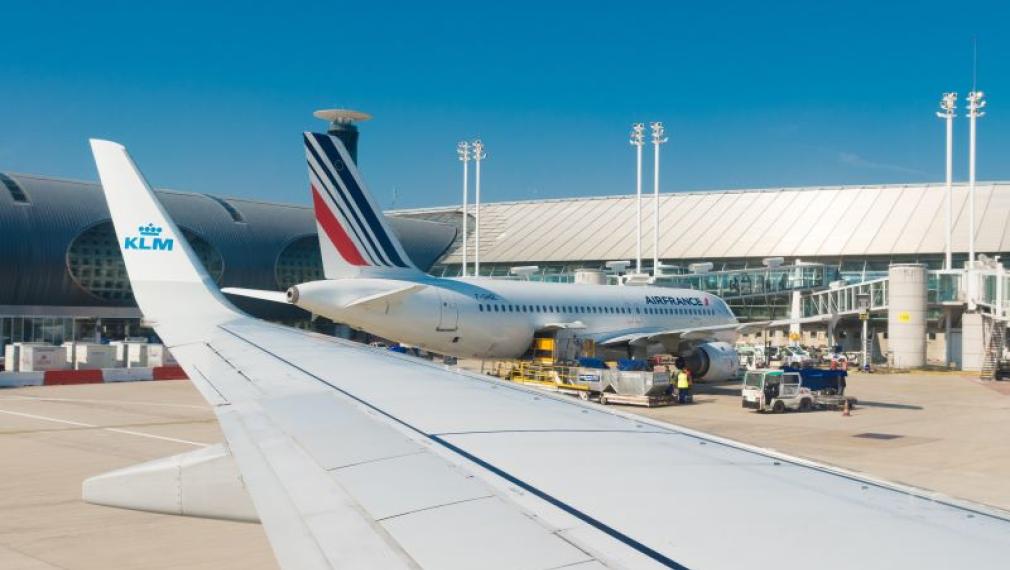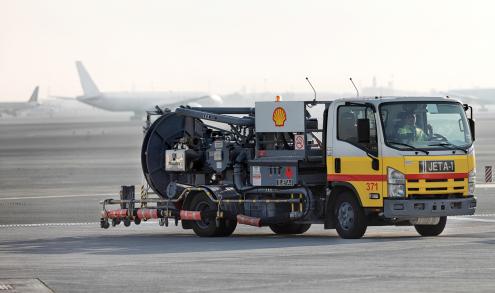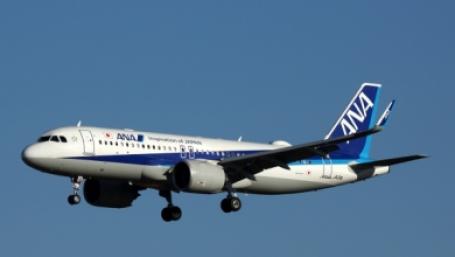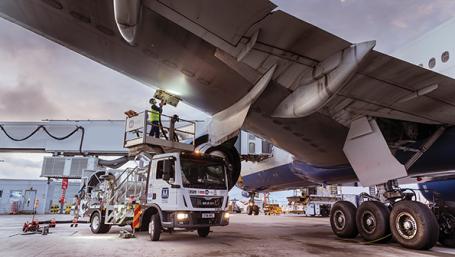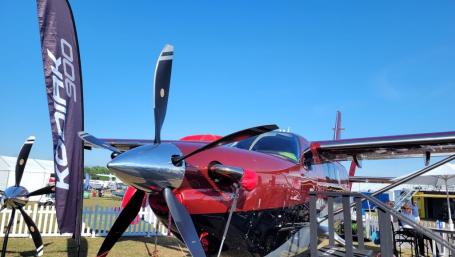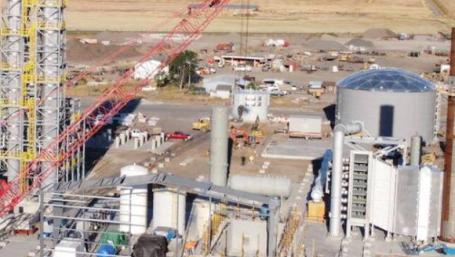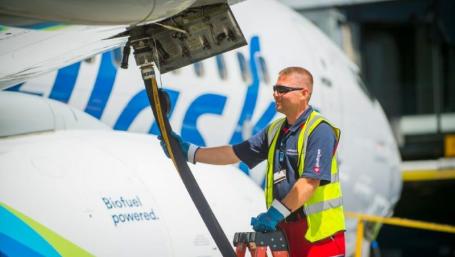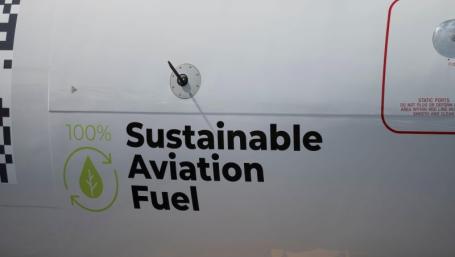Sustainable Aviation Fuel
With governments and airlines committed to decarbonizing aviation by 2050, innovative solutions are required and sustainable aviation fuels (SAF) could play a major role in meeting targets. IATA estimates that SAF could contribute around 65% of the reduction in emissions needed by aviation to reach net-zero in 2050. This will, however, require a massive increase in production in order to meet demand.
Latest News On Sustainable Aviation Fuels
Mar 30, 2023
ANA has announced it will acquire sustainable aviation fuel (SAF) blended in Japan, which will be used for both its domestic and international flights.
Mar 30, 2023
America leaps ahead in the SAF production race; that worries other nations.
Mar 29, 2023
Daher introduced several upgrades to its Kodiak and TBM product line on opening day of Sun ‘n Fun in Lakeland, Florida.
Mar 27, 2023
In recent years, the military services have taken steps to increase the use of SAF in its operations, but not always with much success.
Mar 27, 2023
A new partnership announced by Alaska Airlines is aimed at addressing challenges to scaling sustainable aviation fuel (SAF) production and supply.
Mar 27, 2023
In Europe’s Clean Aviation project, no funding exists for SAF-related technology—not in aircraft engines or SAF production.
Mar 23, 2023
While the EC has initially referred to a 5% SAF incorporation target for 2030, the industry has been lobbying for a greater proportion.
Mar 22, 2023
When compared to commercial aviation, business aviation—be it using a small turboprop single or a large-cabin trijet—combines at least two features or quirks.
